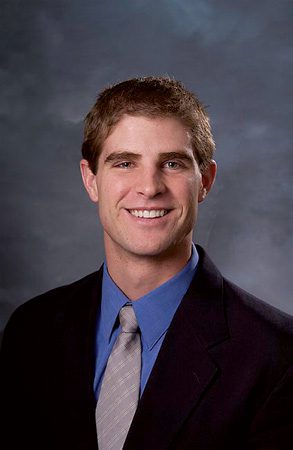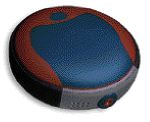By Kamber A. Hone
BYU botany professor John S. Gardner launched a university program for high school students five years ago after becoming concerned about what he called “a nose-dive in interest about the sciences” among adolescents.
Since then, the program has grown to more than 100 students annually from several high schools in Utah County who conduct their own scientific research and experiments using BYU equipment.
Eleven students have even published their research in scientific journals, including publications in the annual proceedings of Microscopy Society of America.
“Students are handpicked,” Gardner said. “We want students who express a level of interest in science and are motivated and enthusiastic.”
With topics ranging from exploring lizard skin and snake tongues to discovering the structure of iridescence in butterfly wings, students are encouraged to select a research area they think they would enjoy. The purpose of the program is to allow students who show an interest in the sciences to work on high- tech equipment and microscopes and have access to university professors and college student mentors.
Niloufar Tabatabaei of American Fork, a senior in zoology at BYU, participated in the program in 1994 as a senior in high school. Her group, consisting of five students, conducted research and analysis on the eye structure of fruit flies.
“The program provided a great opportunity to do research as a high school student,” Tabatabaei said. “It made the sciences more real to me; you can read about things, but they don’t seem real until you experience them firsthand, which is what I was allowed to do through Dr. Gardner’s help.”
Nicole Anderson of Cedar Fort, a freshman majoring in microbiology at BYU, participated in the program in 1995 and now conducts research in the Botany and Range Science Department. Anderson said her project, which dealt with silica-based microorganisms, gave her good background experience for anything else she would like to do in the science fields.
“It was something I was interested in,” Anderson said, “so it gave me a chance to explore what I wanted to see and to find out more about things I wanted to know.”
Gardner said he hopes students will be better prepared to enter college at a higher, more experienced level because of the training and teaching they receive.
He hires undergraduates majoring in science-related fields or secondary education to help the students. By selecting secondary education majors, Gardner said he hopes to give them the opportunity “to interact with students in a teacher/student capacity by the time they do their student teaching.”
Allison Dennis of Orem, a junior majoring in biology secondary education, is working with students in the program this fall. By teaching high school students the research procedures, she said she hopes to learn more about her major.
“It helps me know if I really want to go into teaching,” she said.
As another way of highlighting the high school students’ achievements, their research is displayed at the BYU Biology and Agriculture Week during March.









